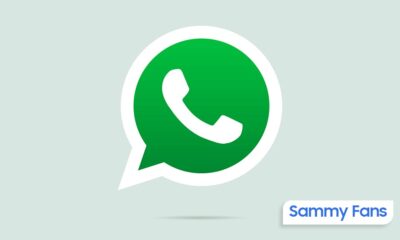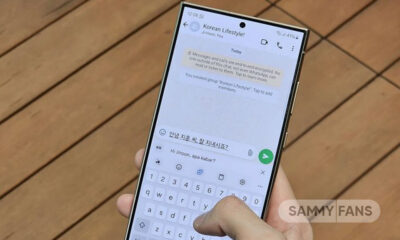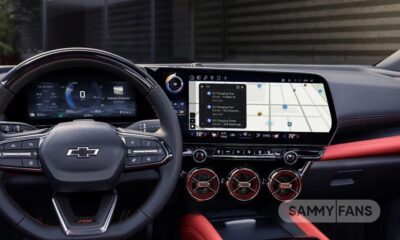Android
Android 14 Beta 2 announced with plenty of bug fixes
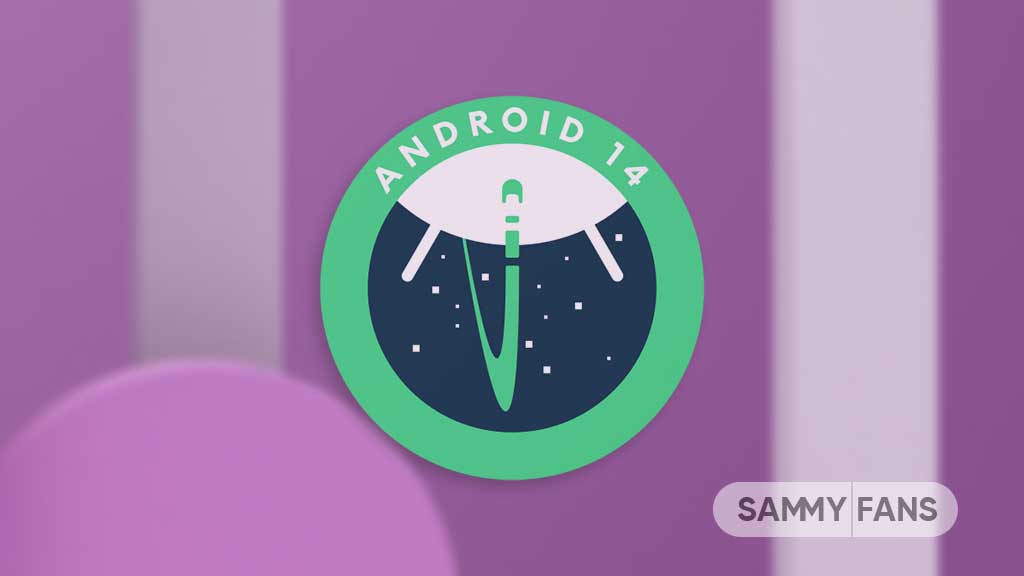
Google starts rolling out the Android 14 Beta 2 update for testers using Pixel smartphones. As Samsung’s One UI 6 will be based on Android 14, the development progress and stability enhancements are necessary for a seamless and worry-free One UI Beta Program.
According to the information, Google’s Android 14 Beta 2 update adds support for built-in and custom predictive back animations. With the first Beta, the company introduced a new Back Arrow, which now gained support for predictive back animations.
Follow our socials → Google News, Telegram, Twitter, Facebook
Adding to this, the latest Beta firmware brings secure full-screen Intent notifications and makes data safety information more visible. Besides, there are a lot of issues been fixed that were reported by the developers’ community and end-users.
Stable Android 14 Release
Google has announced that the stable release of Android 14 is expected in August 2023. The first developer preview of Android 14 was released in February 2023, and subsequent beta releases have been released every few weeks. The final beta release is expected in July 2023, and the stable release will follow shortly after.
Android 14’s a big update for Samsung
Android 14 will bring a number of new features and improvements, including a new design language, privacy features, and performance improvements. Samsung has been working closely with Google to develop Android 14, and it is expected that the update will be well-integrated with its own software features.

What’s new in Android 14 Beta 2
Android 14 Beta 2 includes some new features and changes to try out:
- Add support for built-in and custom predictive back animations
- Secure full-screen Intent notifications
- Data safety information is more visible
Top resolved issues
The following issues have been resolved in Android 14 Beta 2:
Developer-reported issues
- Fixed a platform stability issue that could cause the UI to lag or freeze, apps to crash, or the device to crash.
- Fixed an issue with the fingerprint sensor that prevented new fingerprints from being added for Fingerprint Unlock in some cases.
- Fixed issues with UPI and biometrics that could cause some apps to not work properly.
- Fixed an issue where a device couldn’t be unlocked using a fingerprint after tapping a notification or choosing a notification action on the lock screen.
- Fixed an issue on some devices that caused sound to play through the speakers instead of headphones that were connected.
- Fixed an issue that caused icons on the home screen to appear almost invisible.
- Fixed issues with gesture navigation that occurred when using a custom launcher:
- The Home screen content wouldn’t display and the animation would fail to render when swiping up to go Home.
- The list of recently used apps couldn’t be accessed using the normal gesture.
- Fixed issues that prevented users from interacting with notifications in the notification shade.
- Fixed an issue that could cause a device to crash after finishing audio or video calls.
Other resolved issues
- Fixed an issue where, after entering and exiting picture-in-picture mode, the screen flickered when any apps were launched.
- Fixed an issue where user restrictions set by DPC admins were not being enforced in Settings.
- Fixed an issue where, after taking pictures with the Google Camera app, opening the latest picture from the thumbnail in the app briefly displayed a green-colored shade over the image.
- Fixed an issue that could cause the battery percentage to be displayed as 0% after a device reboot regardless of the actual charge level of the device.
- Fixed an issue that could cause a device to crash, and then when the device rebooted any wallpapers that were selected before the reboot were reset.
- Fixed issues that prevented the Better Bug app from uploading bug reports.
- Fixed issues that caused the back-to-home gesture to stop working.
- Fixed an issue that could cause the system Settings app to crash repeatedly.
- Fixed an issue that prevented users from searching within the system Settings app.
- Fixed issues that sometimes caused null pointer exceptions for input method editors (IMEs).
- Fixed an issue that sometimes increased system-wide memory usage unnecessarily.
- Fixed system issues that could sometimes cause deadlocks.
| Source |
Android
Google unveils Android 16 Developer Preview with exciting features

Google has kicked off the Developer Preview for Android 16, arriving earlier than expected. Usually, these previews begin in February, but Android 16 DP1 is launching three months ahead of schedule this year.
The earlier release of the DP1 is because Google has moved the official Android 16 release from the third quarter to the second quarter of 2025. It aims to ensure that more devices get access to the major Android updates sooner.
Android 16 DP1 is available for several Pixel devices, including the pixel 6, Pixel 6 Pro, Pixel 6a, Pixel 7, Pixel 7 Pro, Pixel 7a, Pixel Tablet, Pixel Fold, Pixel 8, Pixel 8 Pro, Pixel 8a, Pixel 9, Pixel 9 Pro, Pixel 9 Pro XL, and Pixel Pro Fold, as well as the Android Emulator. It can be identified through version BP21.241018.009.
![]()
The Android 16 Developer Preview brings new features for app developers. It brings a system photo picker that will help apps give users a smoother, more integrated way to select photos without needing extra permissions.
Another new feature is Health Connect, which lets apps access and manage medical records in FHIR format, but only with user permission. The update also includes the latest version of the Privacy Sandbox for privacy protection.
This preview program runs from November 2024 until the final public release next year. Android 16 Beta Program will begin in January, with the final stable release expected in Q2 of 2025. Stay tuned for more updates.
Android 16 to make Quick Settings access easier with one-finger swipe
Android
Google’s Android 15 QPR2 Beta 1 update is now available

Google has released the first beta of Android 15 QPR2 for Pixel users. The update can be identified via build version BP11.241025.006. However, users are also waiting for the stable release of Android 15 QPR1 in December this year.
Android 15 QPR2 Beta 1 update comes with the November 2024 security patch. It is available for a wide range of Pixel devices, including Pixel 6, Pixel 6 Pro, Pixel 6a, Pixel 7, Pixel 7 Pro, Pixel 7a, Pixel Tablet, Pixel Fold, Pixel 8, Pixel 8 Pro, Pixel 8a, Pixel 9, Pixel 9 Pro, Pixel 9 Pro XL, and Pixel 9 Pro Fold, as well as the Android Emulator.
Quarterly Platform Releases are updates that bring more noticeable changes and new features compared to the usual monthly bug fixes. These updates are perfect for testing out bigger UI changes or new features that don’t need to wait for a full Android version release.
![]()
The QPR2 Beta 1 is the second major update for Android 15, with the final version expected to launch in March 2025 (via 9to5Google). This update brings the usual bug fixes, security enhancements, and new features to test.
Users participating in the beta program are advised to report any issues via the Android Beta Feedback app, easily accessible through the app drawer or Quick Settings. Install the update now to get an enhanced experience.
Android 16 to make Quick Settings access easier with one-finger swipe
Android
Android 16 to make Quick Settings access easier with one-finger swipe
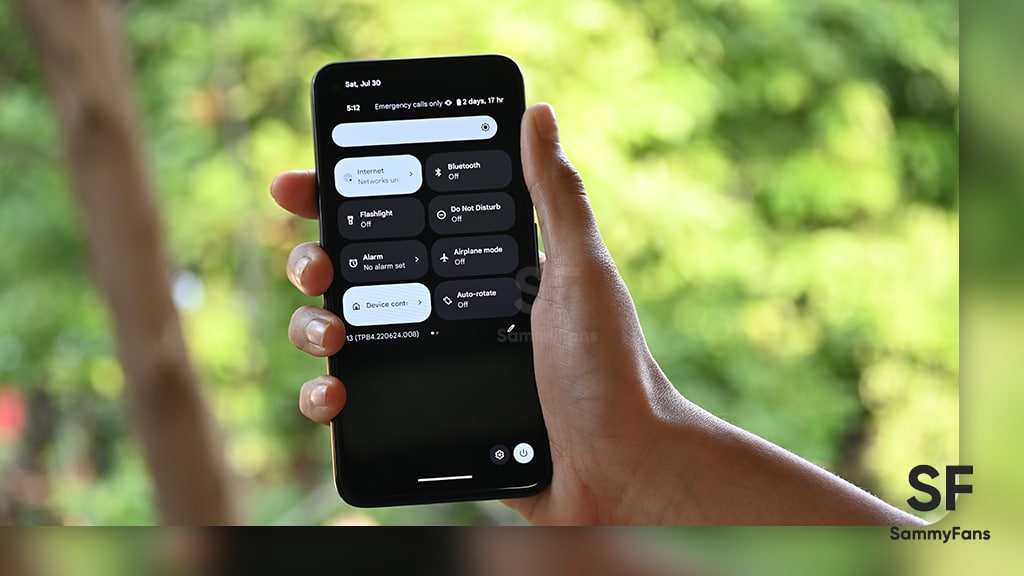
Google is reportedly going to bring an interesting change with Android 16, which will no longer require two fingers to pull down the Quick Settings panel. Previously, there were concerns that users would need to swipe down with two fingers to bring up the Quick Settings. Fortunately, Google has decided to simplify this process.
With Android 16, accessing the Quick Settings will only require a single-finger swipe down on the right half of the status bar. The one-finger swipe access aligns it more closely similar to other Android manufacturers, like OnePlus and Samsung, have designed their systems.
Several users didn’t like the idea of needing two fingers to swipe down, as it felt more awkward and less convenient. By switching to a single-finger swipe for Android 16, Google will make it easier for users to manage their settings with less effort. A well-known tipster Mishaal Rahman (via Android Authority) spotted the code for this Quick Settings change.

However, the new design still lacks the ability to swipe seamlessly between the notifications and Quick Settings panels. Hopefully, Google will add this feature before the official release.
In addition to the swipe change, Android 16 will introduce resizable Quick Settings tiles and better categorization to help users find specific settings more easily.
However, these features are still being worked on and may not be fully ready in the current beta. They are expected to roll out in the final Android 16 release, which is expected in mid-2025.



